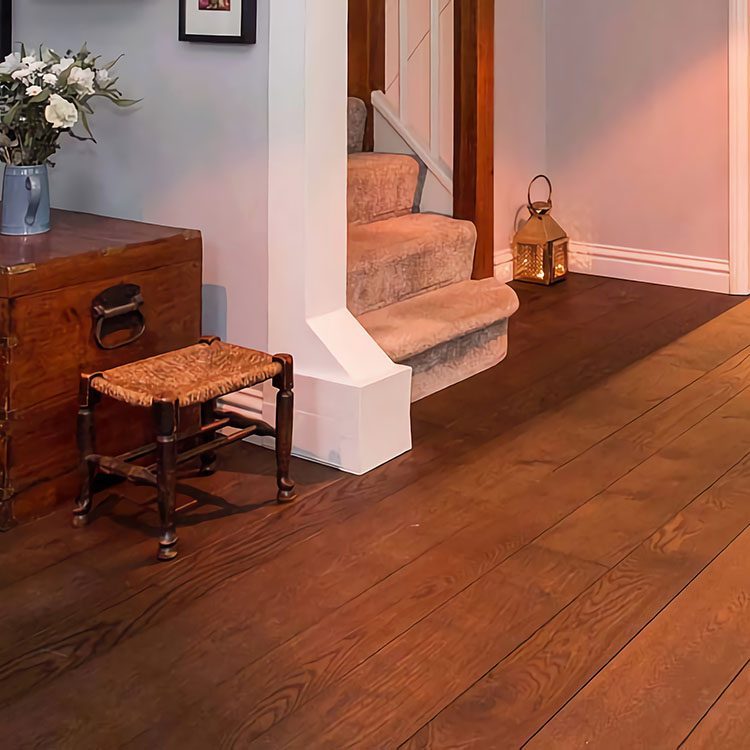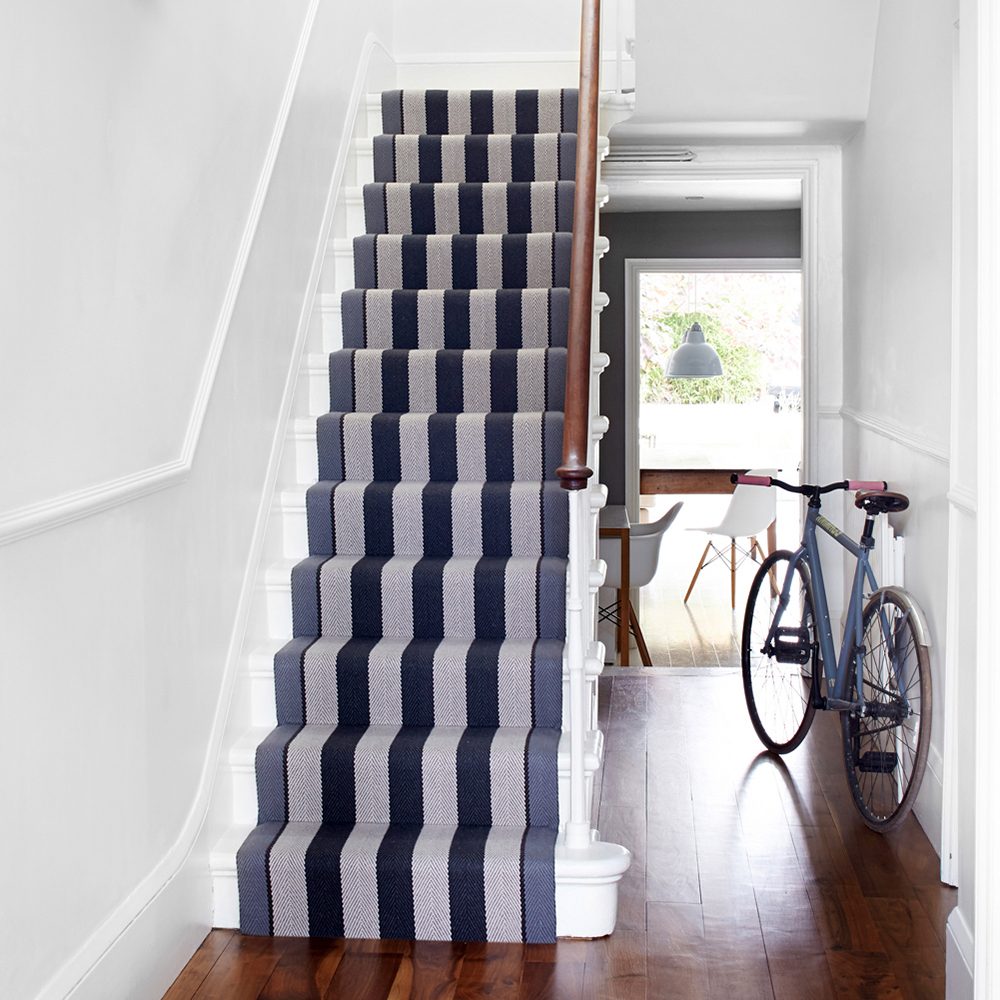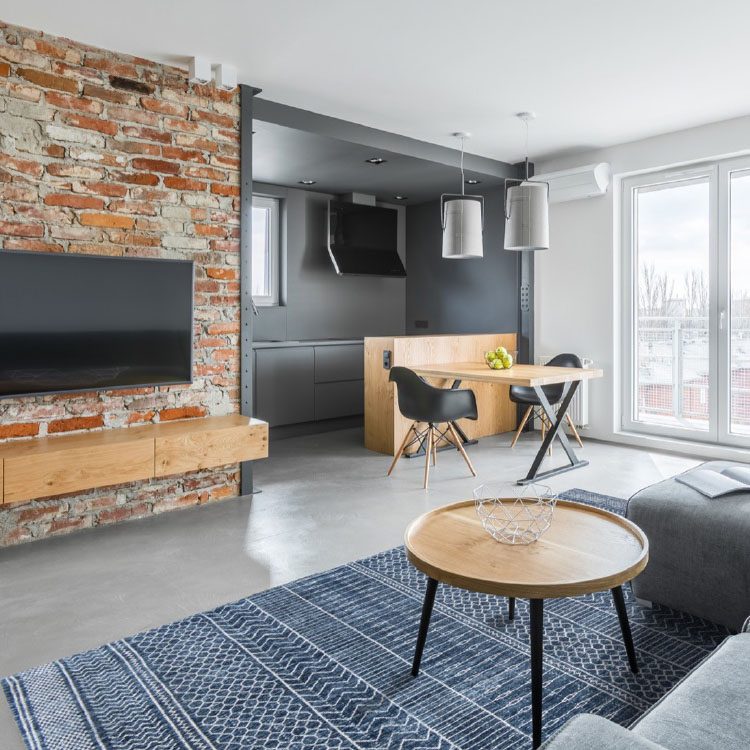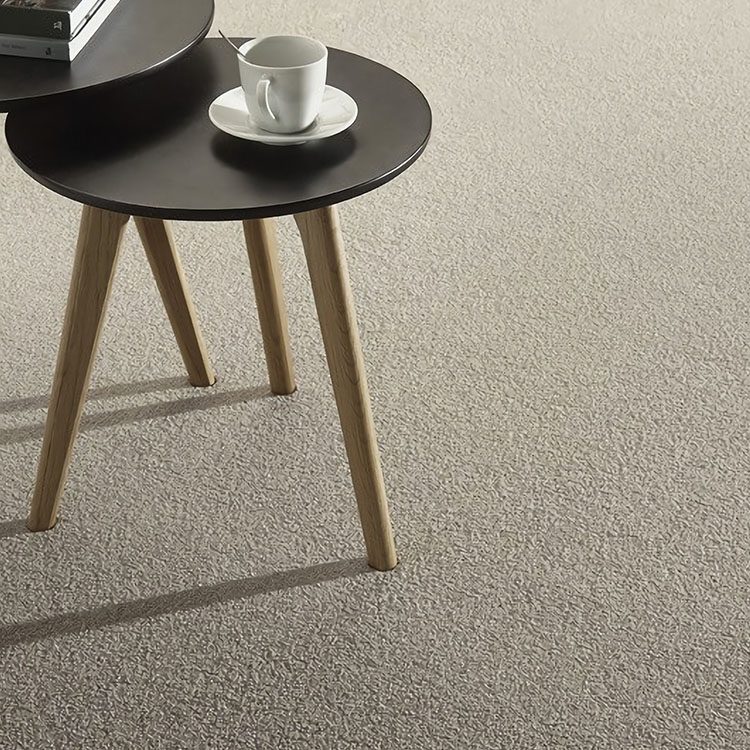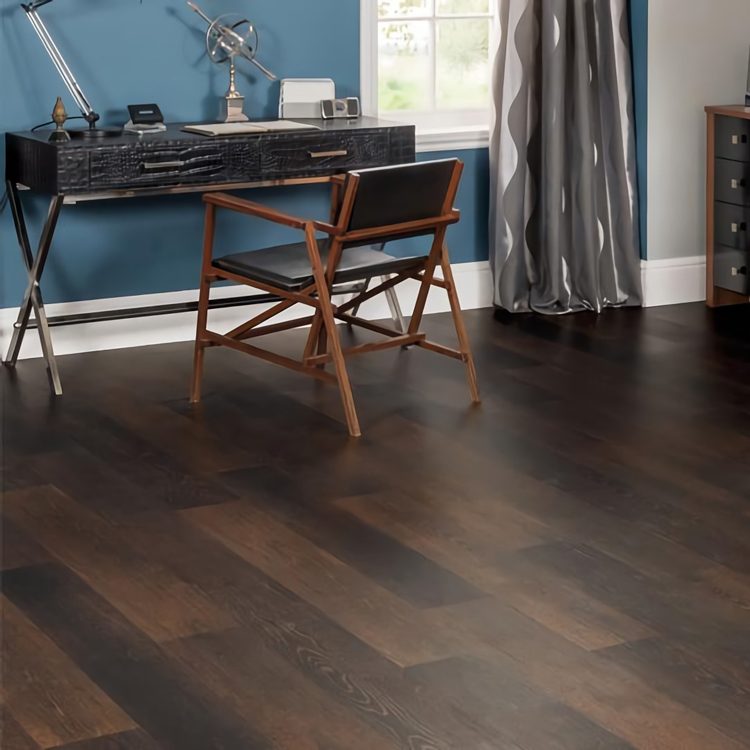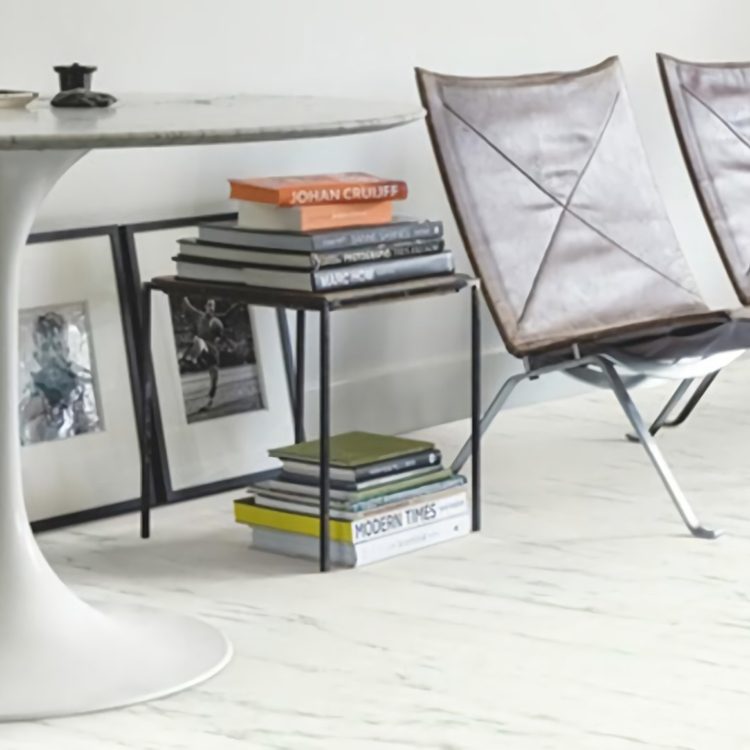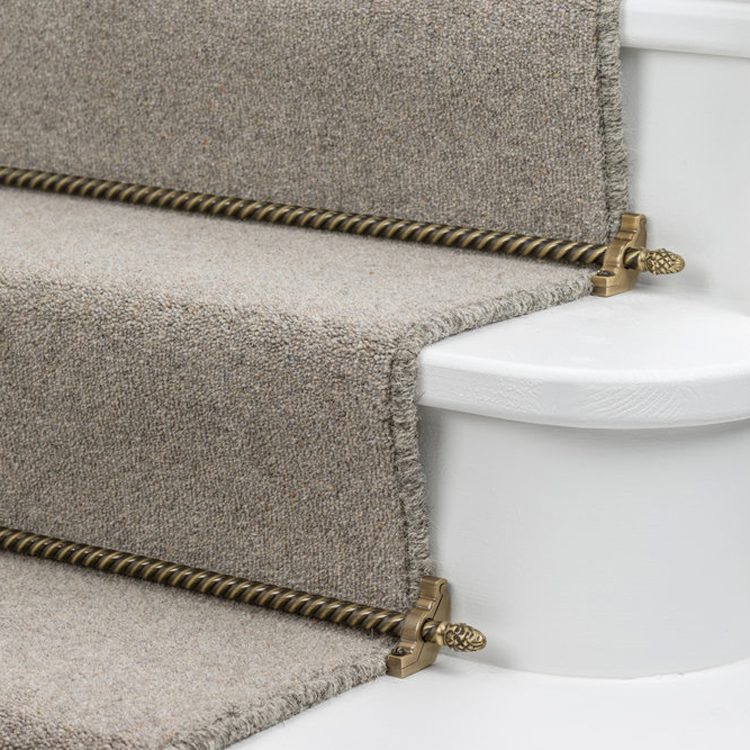
Does wood flooring work with underfloor heating systems?
Thanks to advances in materials and technology, engineered solid wood flooring and underfloor heating can provide years of trouble-free service and comfort – provided they’re correctly installed to begin with.


Wood flooring’s unique colours, designs and texture make it the ideal choice for almost any living space. Its greatest practical value, however, lies in its remarkable natural insulating properties. Its cellular structure creates millions of microscopic internal spaces, which trap air and help prevent heat loss. It does this so effectively that wood is 15 times more thermally efficient than masonry: it’s also 400 times more insulating than steel and retains an astonishing 1,770 times more heat than aluminium. Little wonder, then, that wood has been used as a flooring material for over 400 years and is now more popular than ever.
A tree trunk is basically a plumbing system designed to circulate water from the roots, and the products of photosynthesis, in solution, from the leaves. When the tree is first felled, the wood is very high in moisture, so it’s relatively flexible and weak. Once dry, the wood becomes more stable, and much stronger.
However, timber never forgets it was once a living organism, and continues to respond to changes in the surrounding atmosphere. In damp conditions, the cells absorb moisture, causing the wood to swell: in very dry conditions, the moisture content falls, and the wood shrinks. Technically speaking, it’s a hygroscopic material, in the same company as other familiar substances like flour, sugar, cotton and paper.
To save yourself a world of trouble later, it’s vital that you allow your wood flooring to acclimatise to its environment before it’s installed. Don’t bring it into the space until all construction and ‘wet’ works – new concreting, plastering or decorating – are completed and fully dry. If your flooring is supplied in shrink-wrapped packaging, open it up and allow the wood to ‘breathe’ thoroughly before installation.
How to make wood flooring and underfloor heating work together
Placing a hygroscopic material in direct, permanent contact with a variable heat source would appear to be inviting disaster. In fact, wood flooring and under-floor heating can live together perfectly happily – if the installation is handled correctly.
To begin with, the under-floor heating should be switched off 48 hours before the flooring is laid, and remain off for a further 72 hours after installation to allow adhesives to cure fully. If you have under-floor heating running throughout the area where the flooring is to be installed, or the central heating is not up and running, we advise using temporary heaters to keep moisture levels in the air constant: these can be removed once the under-floor heating is cycled to the optimum level.


Other points to note are:
- Water-based systems are generally more powerful than electric since they work by heating up the concrete screed, which in turn warms the wood from below. They should be turned on and checked before the concrete screed is poured: once the concrete has dried sufficiently (check our separate guidelines for estimated concrete drying times) the system should be switched on, cycled and checked to ensure all’s working correctly before laying the wood floor on top.
- Placing a good-quality insulation material, such as Celotex, underneath the heating system will make it more efficient, by preventing heat loss downwards and pushing the heat up through the floor into the room above.
- For best results, we recommend a bonded installation, in which the wood is fixed to the sub-floor. This reduces air gaps and improves heat transfer. For non-bonded, or floated, installations, we suggest adding a low-tog underlay specifically designed for use with under-floor-heating.
- Following installation, avoid turning the heating up high from a low starting point. The floor temperature should be raised gradually to allow the flooring to adjust: we recommend 3°C increments a day, up to a maximum of 27°C.
- The room temperature should be kept at between 20°C and 23°C wherever possible.
- The relative atmospheric humidity should be maintained between 40% and 60%; use a humidifier if necessary. To prevent fluctuations in moisture levels, keep the system turned on constantly during colder months. It can be cycled lower at night and increased slowly during the day if the property is occupied.
- The floor must be a consistent temperature throughout with no hot spots. Large rugs can lead to a build-up of heat, so tog ratings should be checked for compatibility.
These guidelines also apply when the underfloor heating is reintroduced after being switched off over the summer.
For more details of our wood flooring range and installation services, and general advice on under-floor heating, please contact us.

